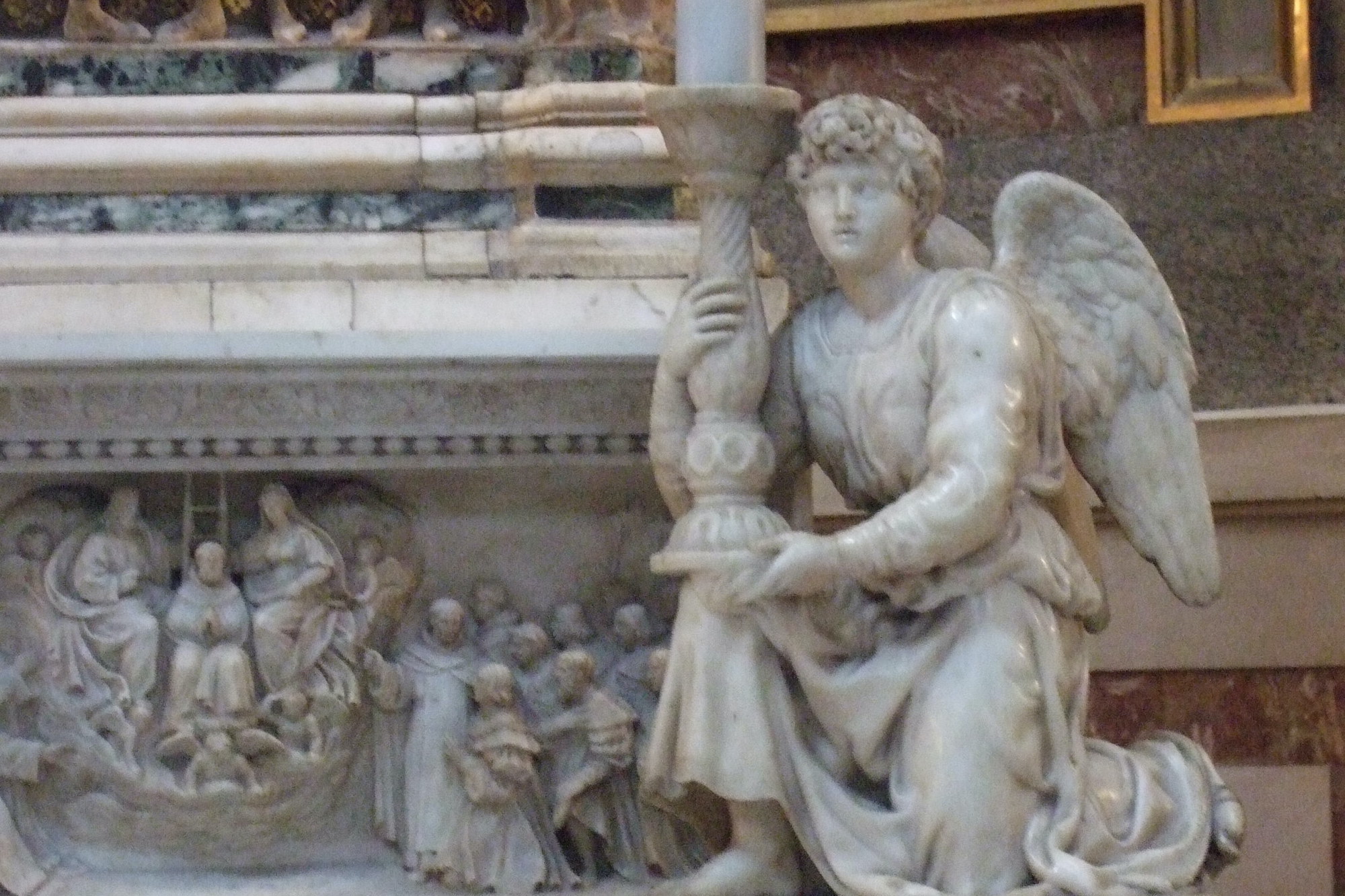As February speeds by, I’m a few weeks into teaching my first full-length class: Spirituality, Science, and the Creative Process at Otis College of Art and Design. I’m blessed with a tight group of intelligent, engaged students, so I’m having a great time. And interweaving art and creativity into my poetic interconnections between spirituality and science is revealing itself to be inspiring.
Researching material for our first session, I found a famous quote by Michelangelo that, somehow, I’d never heard before. Explaining one of his most famous sculptures, the artist said, “I saw the angel in the marble and carved until I set him free.”
Me being me, I thought immediately about p’u—the Taoist ideal of the uncarved block.
In Chinese philosophy, our most natural state is simple and undefined. Before experiences and judgments lead to distinctions like good/bad, right/wrong, and even me/you, we all enter the world as blank canvases. We have no fixed mental forms, so infinite potential for what we might become. This state of being is highly desirable, as it mimics the tao—the sacred Way of the universe. So in Taoism, p’u is the goal of life.
About.com describes this ideal beautifully as “perception without prejudice.”
Physics describes a similar condition, calling it symmetry. An oft-cited example is a pencil balanced on its tip. For the briefest of instants, the pencil has no preferred direction for falling. Its possibilities are equal, therefore symmetrical. But as soon as the pencil tips one way or the other its symmetry is broken. Infinite potential yields one actual outcome. It’s both a triumph and a tragedy.
Physicists believe that right after the Big Bang our earliest universe was highly symmetrical, with matter, light, and the fundamental forces (gravity, electromagnetism, etc.) all indistinguishable. Only with time did differentiation enter our universe, as the energy from its explosive birth calmed and cooled and light clarified from dust, matter decoupled from force.
Our universe, too, began as a blank canvas.
Michelangelo made a miracle; he actualized the potential in the marble, breaking its symmetry in an act of inspired creation. A Western mystic might say he imitated God. I believe creative artists channel the divine every time they sit to work. I’m teaching this idea in class. In doing so, though, I realize I’m betraying some of my source material. Eastern spiritual traditions believe differentiated creation is illusory and a source of suffering. Their goal is to return to a state of unrealized potential so pure they’re no longer reincarnated.
And so an interesting question presents itself: Is God the slab of marble or the angel Michelangelo revealed inside? Is divinity the Taoist uncarved block or the forms we recognize as ourselves? Is our ideal condition perfectly symmetrical, or the broken symmetry necessary for creation?



Nice post!
Thank you!